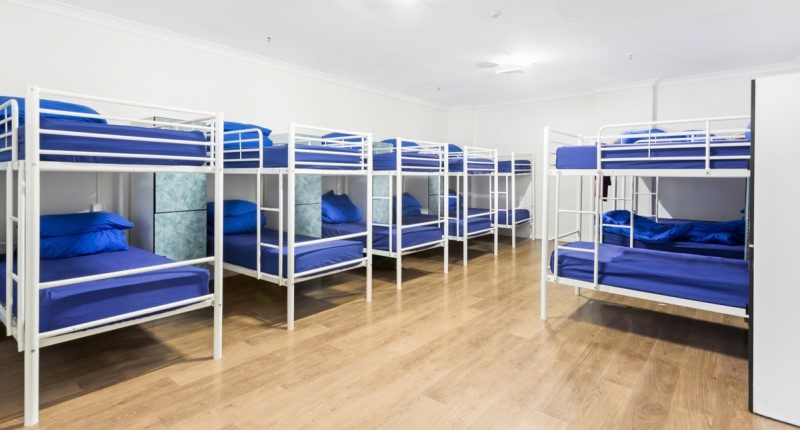
- The international border closure in early 2020 saw backpacker arrivals decline by 99%
- Many hostels pivoted throughout the pandemic, including providing emergency accommodation for the government
- Especially in Sydney, hostels are targeting digital nomads with a higher budget
With the possible exception of the international education sector, Australian tourism was the hardest hit by the pandemic. The hard border closure instigated almost two years ago dramatically shut down the sector, with a drastic 99% reduction in backpacker entrants.
Unsurprisingly, the future of the travel and tourism industry faced uncertainty.
With the WA borders open to all vaccinated travellers, it is the first time the country has been reopened fully for both domestic and international travellers. With this, the future of the tourism industry is now bullish.
Typically, 250,000 jobs are filled by backpackers, generating around $3.2 billion for the Australian economy.
Given March 2021 saw just 160 working holiday visa holders arrive in Australia many hostel and student accommodation providers, such as Youth Hotel Association (YHA) who recently reinvested in their brand with Atlassian to resort to its heritage-listed backpacker hostel at Central Station in Sydney.
The new backpacker space is designed to appeal to the digital nomad who is drawn to Sydney’s dynamic tech hub, known as “flashpackers”.
These flashpackers are seen as those who have a better budget and are seeking out solid internet connections and common areas with effective food and beverage facilities. They are seen as bridging the gap between budget travel accommodation and 5-star hotels.
“The recent rise of working from home has meant that people can work from anywhere, and many have moved employers to take advantage of this freedom and flexibility as digital nomads,” explained associate director of CBRE Hotels,” Hayley Manvell.
“With this, we expect this trend to only grow more popular into the future and become a mainstream accommodation offering.”
Owners and operators changing their offering
In light of the flashpacker, Ms Manvell added that CBRE has seen many hostel owners changing away from the traditional backpacker offering.
Bounce Noosa, for example, is a hybrid resort that offers both backpacker style and upscale modern rooms.
Hostels have also pivoted using their accommodation for alternate uses such as farm-worker accommodation, government-backed crisis accommodation and residential use, given the tight rental market.
However, not all hostel providers survived.
Tourism Adventure Group (TAG), one of the largest in Australia and New Zealand with 25 venues, went into voluntary administration in July 2021. TAG had been highly profitable before the pandemic; in 2019 the group recorded a turnover of $150 million.
Positive outlook
Thanks to the border open, market sentiment has shifted significantly since the end of last year.
“Since the government’s easing of border restrictions beginning in late 2021, 80,000 international students have arrived in the country with a substantial 13,500 people arriving in the past week alone,” said Ms Manvell.
“In line with this, 1000 working holidaymaker visa holders and backpackers have landed in the past week and over 35,000 WHM visas have been approved since November. “
Pent-up demand from backpackers is prevalent, with email marketing opening rates sent by YHA increasing from 1-2% to 30% in recent times.
Despite the challenges faced by the industry, demand for high-quality hostel assets has remained strong,” she added.
“Since the end of 2020, six YHA assets have been sold totalling more than $40,000,000.
“These sales highlight investors can see through the challenging market conditions and are taking a medium to long term view recognising the countercyclical potential in the backpacker and hostel industry and will see significant gains as borders reopen and backpackers start to pour back into the country, filling beds and rooms.”







